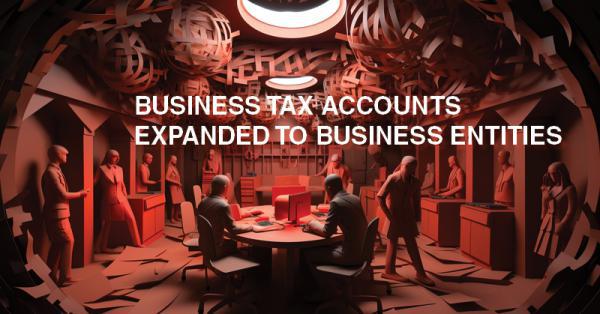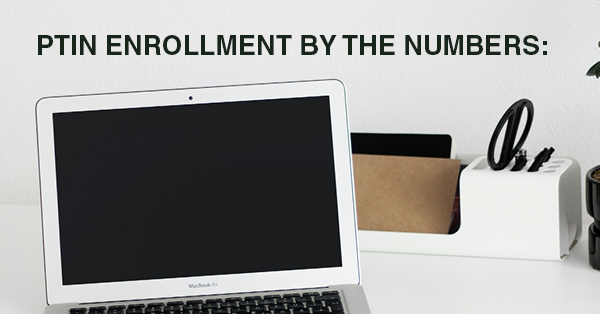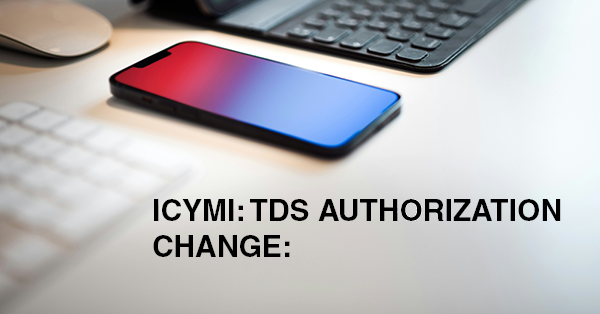BUSINESS TAX ACCOUNTS EXPANDED TO BUSINESS ENTITIES:

The IRS has announced (IR-2023-243) expanded capabilities and eligibility under its business tax account initiative so that individual partners of partnerships, S corporation shareholders, and sole proprietors can download transcripts and have access to other features.
Expansion of the online self-service tool is part of the agency’s modernization goals, which include a one-stop application that provides business taxpayers with a suite of digital products and services, such as the ability to view letters or notices, request tax transcripts, add third parties for power of attorney or tax information authorization, and store bank account information to manage tax payments.
Partners and shareholders can access business tax account information once they have filed a business return with a Schedule K-1 and it is processed by the IRS. Sole proprietors with an employer identification number can access their business tax account, but the IRS provides other options that allow sole proprietors without an EIN to access their tax records.
Available at IRS.gov/businessaccount, the new business tax account is a key part of the agency's continuing service improvement initiative. This is part of the larger effort under last year's Inflation Reduction Act (IRA) and described in the multi-year Strategic Operating Plan released this spring.
“This is part of the ongoing IRS modernization effort to make improvements for business taxpayers and others,” said IRS Commissioner Danny Werfel. “This next step in the evolution of the Business Tax Account will help these businesses download transcripts and other features. Ultimately, these new online options will help make interactions easier for businesses while reducing paper-based processes and the need to call the IRS.”
This phase of Business Tax Account also adds new features:
- Users can now download a PDF of a business tax transcript:
- For sole proprietors, this includes Forms: 940, 941, 943, 944, 945, 8752, 8288, 11-C, 730, 2290.
- For S corporations, this includes Forms: 940, 941, 943, 944, 945, 8752, 8288, 11-C, 730, 1120S, 2290.
- For partnerships, this includes Forms: 940, 941, 943, 944, 945, 1065, 8752, 8288, 8804, 11-C, 730, 2290.
- Sole proprietors can also view certain notices:
Individual partners and individual shareholders will be able to access Business Tax Account information once they have filed a business return with the Schedule K-1 and it is processed by the IRS. To access Business Tax Account, individuals must have a Schedule K-1 for a minimum of one year during the 2019-2022 period on file. They will only be able to view information for the year(s) they have a Schedule K-1 on file. New businesses won't have access until a business return is submitted, processed, and on file with the IRS.
Sole proprietors with an Employer Identification Number (EIN) qualify to access their Business Tax Account. Also known as self-employed individuals, sole proprietors with EINs are those who file a business return under their EIN, such as reporting payroll taxes and reporting the highway use tax on trucks and buses.
Sole proprietors who have already set up an individual account under their SSN or ITIN, and have an EIN linked to their SSN or ITIN, can use their existing login to access their Business Tax Account. At this time, sole proprietors who do not have an EIN are not eligible to set up a Business Tax Account. Instead, they can access their tax records by setting up an IRS individual Online Account.
Over time, Business Tax Account will be a one-stop application that provides business taxpayers a suite of digital products and services, including access to viewing letters or notices, requesting tax transcripts, adding third parties for power of attorney or Tax Information Authorization, and storing bank account information to manage tax payments.
It will help users manage their tax obligations, reducing the burden on taxpayers who would otherwise need to call or mail the IRS.
To set up a new Business Tax Account, or for more information about this app, visit www.IRS.gov/businessaccount.




